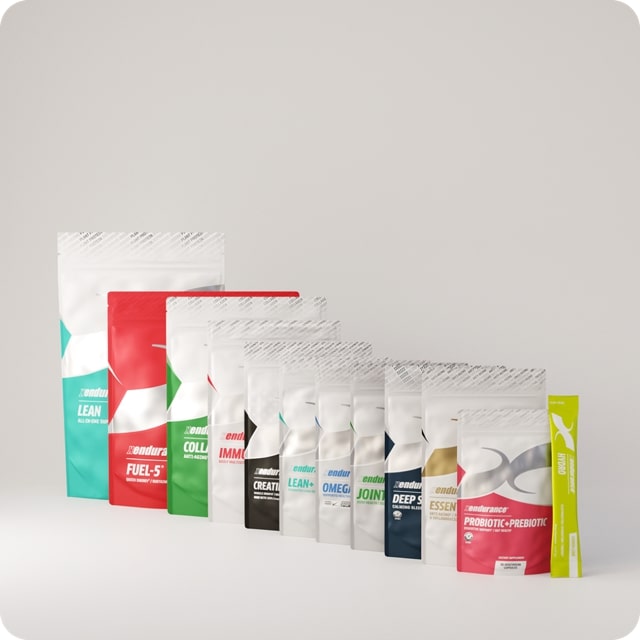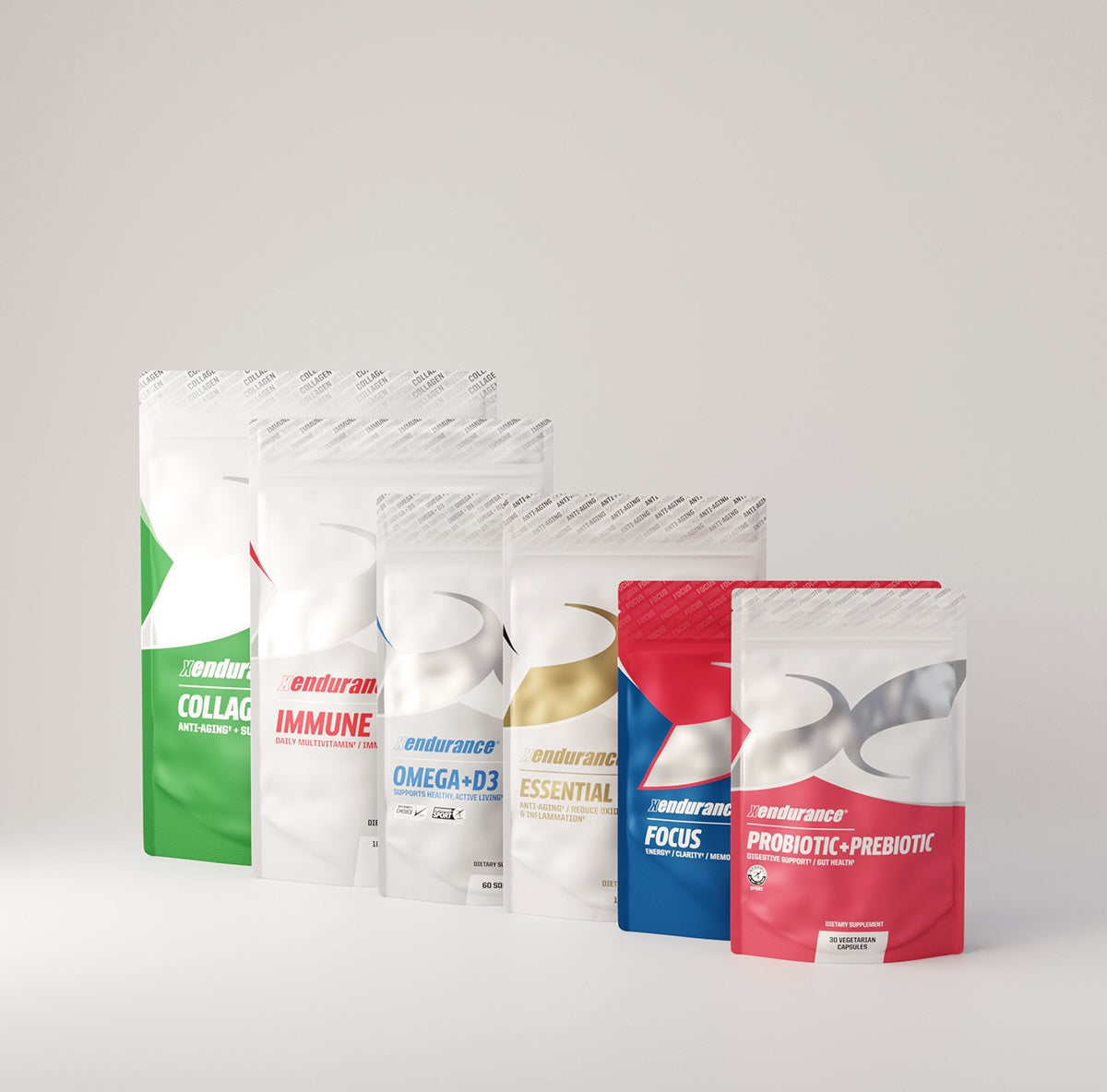Food colorings are ubiquitous in our everyday diets, often used to enhance the visual appeal of processed foods, candies, drinks, and even some health supplements. However, their presence is not as harmless as it may seem. Many food colorings, particularly artificial ones, have been linked to health issues ranging from behavioral disorders to more severe long-term effects, such as cancer. In this blog, we’ll dive into the top concerns surrounding food colorings, how to identify them, and how you can make informed choices to avoid unnecessary health risks.
1. Behavioral Issues in Children
One of the most widely discussed concerns regarding artificial food dyes is their potential link to behavioral issues in children. Studies have shown that certain food colorings, such as Red 40, Yellow 5, and Yellow 6, can trigger hyperactivity and attention disorders in susceptible children. A notable example is the FDA’s acknowledgment that some children may experience adverse behavioral effects from food dyes, a statement backed by European regulatory bodies requiring warnings on products containing specific dyes. Parents should be mindful of brightly colored snacks and candies, which are often loaded with artificial colorings.
2. Increased Risk of Allergic Reactions
Allergic reactions are another significant concern, as some food dyes can cause rashes, itching, and even more severe symptoms like asthma attacks in sensitive individuals. Tartrazine (Yellow 5) is particularly notorious for causing allergic reactions, with symptoms ranging from mild hives to serious respiratory issues. This is a notable concern for individuals who have existing allergies, as artificial dyes can exacerbate these conditions. Carefully reading ingredient labels and avoiding artificially colored products can help mitigate these risks.
3. Cancer Risks Linked to Artificial Dyes
Some artificial dyes, like Red 3 and Yellow 6, have been linked to cancer in animal studies, causing understandable concern among health experts and consumers. Red 3, for example, was banned from topical cosmetics due to its cancer risk, yet it remains in some food products. Long-term exposure to these dyes may elevate cancer risk, prompting some countries to impose strict regulations on certain colorings. To reduce this risk, look for products with natural colorants, such as beet juice or turmeric, which provide color without the potential carcinogenic effects.
4. Potential Impact on Thyroid Health
Food colorings may also affect thyroid health, particularly in individuals who are predisposed to thyroid disorders. Red 3, for instance, has been associated with thyroid tumors in animal studies, which is concerning given the thyroid’s critical role in regulating metabolism and hormone production. While human studies on the direct effect of food colorings on thyroid health are limited, people with thyroid issues might consider minimizing their intake of artificial dyes.
5. Immune System Suppression
Artificial food colorings have been linked to potential immune system suppression, particularly in vulnerable populations like children and those with compromised immunity. Certain dyes, especially when consumed regularly, may lead to inflammation and interfere with immune responses. While further research is needed to fully understand this link, there is growing concern that consuming artificial dyes may weaken the body's natural defenses over time.
6. Environmental and Ethical Concerns
The production of artificial food colorings often involves synthetic chemicals derived from petroleum, raising environmental concerns. The extraction and processing of these chemicals can contribute to pollution and are not sustainable. Additionally, some food dyes have a history of animal testing to assess toxicity levels, which raises ethical concerns. Consumers interested in making eco-friendly choices may want to opt for natural colorants and support brands that prioritize sustainable sourcing.
7. Increased Risk of Metabolic Disorders
Studies suggest a possible link between artificial colorings and metabolic disorders, especially when combined with a diet high in processed foods and sugars. Some animal studies have shown that certain dyes can lead to insulin resistance and contribute to metabolic syndrome. Individuals concerned about metabolic health should be cautious of heavily processed, artificially colored foods, as they may exacerbate issues related to blood sugar regulation and weight gain.
8. Influence on Digestive Health
The body does not easily process synthetic colorings, which can cause digestive discomfort or interfere with nutrient absorption. Some people experience symptoms like bloating or diarrhea after consuming food dyes. Natural alternatives, such as fruit and vegetable extracts, are generally easier for the body to process and don’t pose the same risk of digestive distress.
9. Neurological Impacts and Mood Disorders
Preliminary research has linked certain food dyes to neurological impacts that may influence mood and mental health. For instance, Red 40 and Blue 1 are suspected of affecting neurotransmitter levels in the brain, which may contribute to mood swings, anxiety, or other mental health issues. While more research is needed to understand this connection fully, individuals with mental health concerns might benefit from limiting artificial dyes in their diet.
10. Dye Sensitivity in the General Population
Sensitivity to food colorings is not limited to individuals with allergies. Even those without specific allergies can experience symptoms such as headaches, dizziness, and fatigue after consuming foods with high levels of artificial dyes. This widespread sensitivity has led many consumers to adopt a "better safe than sorry" approach, avoiding artificial colorings whenever possible.
How to Identify Food Dyes in Your Diet
Identifying artificial colorings in your diet can be challenging, especially with food labeling practices that often obscure these ingredients. Here are some ways to detect artificial food dyes:
- Read the Ingredient List Carefully: Food colorings are typically labeled by name or number (e.g., Red 40, Blue 1). The more processed and colorful a food product, the more likely it contains artificial dyes.
- Look for Certification Labels: Some products display certifications like “Certified Organic,” which often means they do not contain artificial colorings.
- Avoid Brightly Colored Processed Foods: Bright colors in packaged foods are a strong indicator of synthetic dyes, particularly in snacks, candies, sodas, and cereals.
Natural Alternatives to Artificial Dyes
If you're concerned about the risks of artificial food colorings, there are natural alternatives available:
- Turmeric for Yellow: Turmeric powder or extracts can provide a vibrant yellow hue.
- Beet Juice for Red: Beet juice or powder offers a natural red or pink color, similar to the Xendurance Focus supplement.
- Spirulina for Green: This algae-based dye creates a green color and is packed with nutrients.
- Paprika and Annatto for Orange: These plant-based colorings are common in natural products and have minimal side effects.
Should You Avoid Food Dyes Entirely?
Whether or not to avoid food dyes is a personal decision based on your health priorities and dietary choices. However, reducing your intake of artificial dyes can be beneficial, particularly for children, individuals with allergies, and those with sensitivities or metabolic disorders. Look for foods made with natural colorants or, better yet, focus on whole, unprocessed foods that don’t require additives to look appealing. Also, read supplement labels carefully to make certain that no artificial colors are on the labels.
Key Takeaways
The potential dangers of artificial food colorings span various health concerns, from behavioral and allergic reactions to long-term risks like cancer and immune suppression. As awareness grows, more consumers are advocating for transparency in labeling and safer food options. By understanding these risks and learning how to identify food dyes in your diet, you can make informed choices that support your health and well-being. Natural colorants provide a safer alternative, and many health-conscious brands are moving toward these options, making it easier than ever to enjoy colorful foods without compromising your health.
Embrace a colorful diet by choosing whole, naturally vibrant foods—your body and mind will thank you for it.









Leave a comment
This site is protected by hCaptcha and the hCaptcha Privacy Policy and Terms of Service apply.